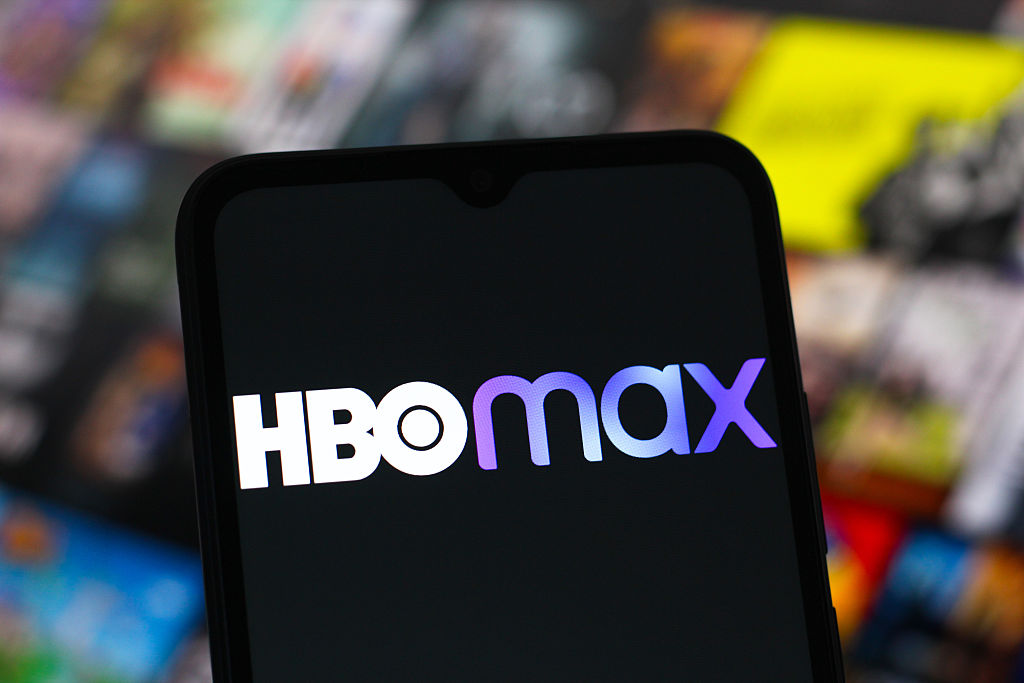Microwave vs Air Fryer: Which is Cheaper for Cooking?
Can the air fryer beat the trusty microwave for cost savings in the kitchen?


Erin Bendig
Experimenting with microwaves vs air fryers to find the most cost-effective cooking option makes sense as energy prices remain elevated. Here we crunch the numbers to find out which small appliance is cheaper to run in the kitchen. While both appliances offer convenient cooking options, they operate using distinct technologies that influence both cooking outcomes and energy use.
Microwaves heat food by emitting electromagnetic waves that cause water molecules to vibrate, resulting in rapid, uniform heating that's especially efficient for reheating or defrosting.
In contrast, air fryers circulate hot air around food, producing a crispy, fried-like texture with little to no added oil. This method often requires a slightly longer cooking time but can deliver superior texture for items like fries or chicken, enhancing flavor and crunch.
From just $107.88 $24.99 for Kiplinger Personal Finance
Become a smarter, better informed investor. Subscribe from just $107.88 $24.99, plus get up to 4 Special Issues

Sign up for Kiplinger’s Free Newsletters
Profit and prosper with the best of expert advice on investing, taxes, retirement, personal finance and more - straight to your e-mail.
Profit and prosper with the best of expert advice - straight to your e-mail.
Before we get into which method is more efficient, consider our other articles about home energy savings.
- Heat Pumps vs Solar Panels
- Oven vs Air Fryer
- Electric Heaters vs Radiators
- Wood Burning Stove vs Central Heating
- Fan Heater vs Oil Heater
- Dishwasher vs Hand Washing
Microwave: Cost to run
It costs around $0.20 per hour to run an average 1200W microwave, which works out to be $74.00 per year if used for one hour every day, according to CNET.
Microwaves are quick for heating up food, they’re easy to clean, you can use them to defrost frozen items and they don't consume much energy. Using a microwave is common for both reheating food and cooking ready-made meals. Many microwaves offer different cooking options for foods like rice and pasta, fish and meat or even beverages.
Air fryer: Cost to run
It costs $0.25 to use a standard 4 qt. air fryer for an hour, which works out to $91.25 per year if used for one hour every day, according to CNET. However, the cost varies depending on how powerful the air fryer is, as well as the model and the duration you use it for.
Retailers are stuffing shelves and websites full of air fryers as they grow in popularity — meaning there are plenty of options depending on your budget and the size of your household.
The internet is flooded with people who love their air fryers because of how easy it makes cooking. It’s also a healthier option than frying food by other means. Sites like Food Network are full of easy air fryer recipes like "healthy air fryer chicken wings" and "air fryer teriyaki salmon fillets."
The verdict
If you want to base your purchase solely on which is cheaper to run, then the microwave wins. But it is common to have both a microwave and an air fryer in the kitchen, because you can use them for different purposes.
A microwave heats and reheats food well. On the other hand, an air fryer gives foods that crispy, fried quality that a microwave just can’t replicate. Plus, an air fryer can be a healthier way to cook while speeding up cooking times.
Ultimately, it depends on what foods you typically cook and which appliance works best for that. But there’s definitely no shame in using them both.
Related Content
Profit and prosper with the best of Kiplinger's advice on investing, taxes, retirement, personal finance and much more. Delivered daily. Enter your email in the box and click Sign Me Up.

Ben Demers manages digital content and engagement at Kiplinger, informing readers through a range of personal finance articles, e-newsletters, social media, syndicated content, and videos. He is passionate about helping people lead their best lives through sound financial behavior, particularly saving money at home and avoiding scams and identity theft. Ben graduated with an M.P.S. from Georgetown University and a B.A. from Vassar College. He joined Kiplinger in May 2017.
- Erin BendigPersonal Finance Writer
-
 IRS Says You Made a Tax Return Mistake? A New Law Could Help You Fight Back
IRS Says You Made a Tax Return Mistake? A New Law Could Help You Fight BackTax Law Updated taxpayer protections change what the IRS must explain on error notices and how long you have to respond.
-
 What to expect from the global economy in 2026
What to expect from the global economy in 2026The Kiplinger Letter Economic growth across the globe will be highly uneven, with some major economies accelerating while others hit the brakes.
-
 What You Need to Do With Your 401(k) Before 2025 Is Over
What You Need to Do With Your 401(k) Before 2025 Is OverBefore 2025 ends, check your 401(k) contributions, investments, and catch-up eligibility to lock in this year’s tax savings and employer match.
-
 11 Cities With the Cheapest Groceries in the US
11 Cities With the Cheapest Groceries in the USIf you live in one of these 11 cities, you're paying less than the rest of the country to keep your fridge stocked.
-
 NordVPN’s Huge 77% Black Friday Discount Is One of the Top VPN Deals We’ve Seen This Year
NordVPN’s Huge 77% Black Friday Discount Is One of the Top VPN Deals We’ve Seen This YearSave up to 77% on NordVPN with this Black Friday deal, a practical choice for improving online security and streaming access.
-
 How to Get HBO Max for $2.99 with Hulu This Black Friday
How to Get HBO Max for $2.99 with Hulu This Black FridayTake advantage of Hulu’s holiday pricing and stream HBO Max hits for only $2.99 a month.
-
 Hulu’s Black Friday Deal Gets You Starz for Only $2.99
Hulu’s Black Friday Deal Gets You Starz for Only $2.99Get premium entertainment for less with Hulu’s limited-time Black Friday STARZ deal.
-
 The Best Christmas Movies on Paramount+ (and How to Watch Them for Less)
The Best Christmas Movies on Paramount+ (and How to Watch Them for Less)Settle in this holiday season with classic Christmas movies on Paramount+ and save with the service’s limited-time Black Friday deal.
-
 Is Verizon’s 5G Home Internet Right for You?
Is Verizon’s 5G Home Internet Right for You?A look at pricing, perks and who gets the most value from Verizon’s home internet plans.
-
 Why You Might Want to Keep Your Phone Instead of Trading It In
Why You Might Want to Keep Your Phone Instead of Trading It InUpgrading your phone doesn’t have to mean handing over the one you already use.
-
 6 Quick Money Moves to Make Before the Year Ends
6 Quick Money Moves to Make Before the Year EndsFinish the year strong with smart money moves that can boost savings, trim taxes and set you up for a better 2026.